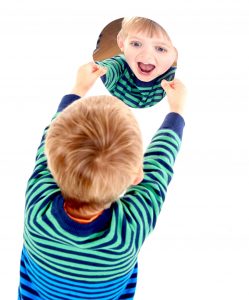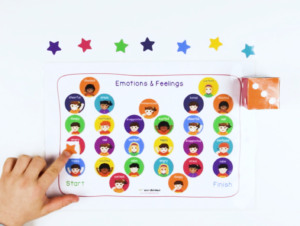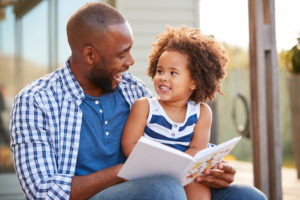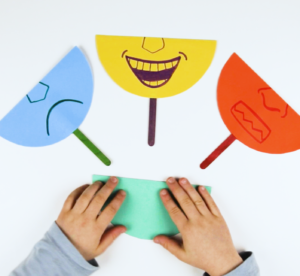No products in the cart.
7 Ways to Teach Kids About Feelings
February 21, 2020
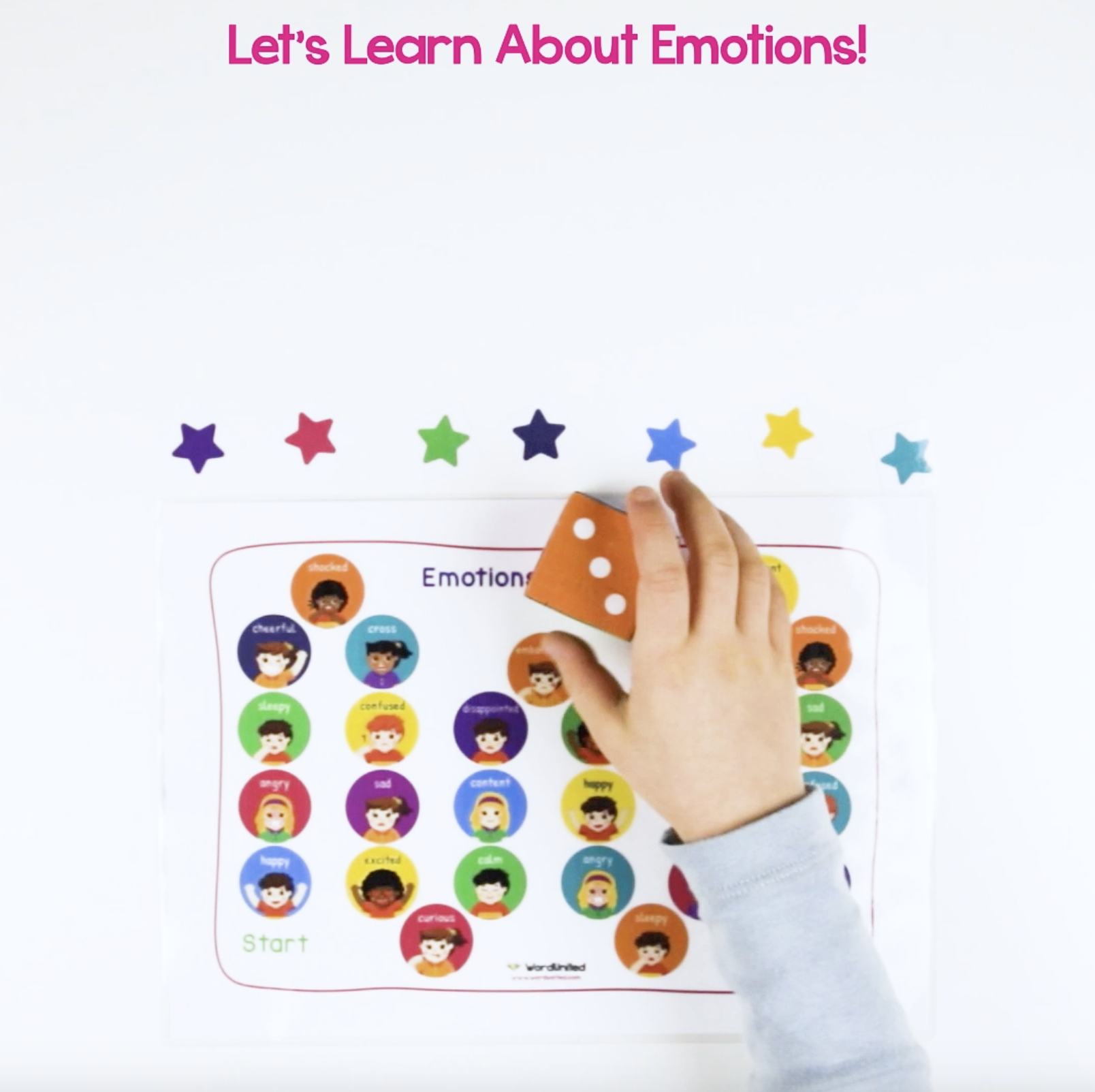
Children experience a range of feelings, just like adults. To a child though, feelings can seem like an abstract concept. Learning to communicate how they feel is an important and beneficial emotional skill for children to develop. Watch our video above for fun activities to help teach kids about their feelings, then read below about 7 ideas to try at home.
1. Discuss Feelings Your Children Experience
Drawing on experience is a fantastic way to attach meaning to feelings. When your child is happy or sad about a particular event, you can name the emotion and talk to them about how they are feeling in that very moment. This way, children can start to identify their feelings and may recognise when they experience this emotion in the future. By the same token, kids may find it useful to look at their reflection to understand how facial expressions change with different feelings. This TickiT Expression Mirror shaped like a face is perfect for practicing facial expressions.
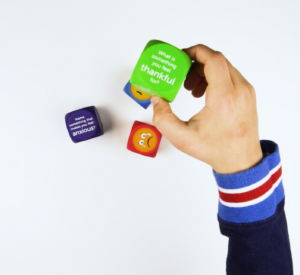
2. Special Needs Toys and Resources for Feelings
Children can start learning about emotions from a very young age, so what better way to learn than with fun special needs toys for emotions? Learning Resources Foam Emoji Dice encourage children to recognise and discuss emotions confidently, improving communication and language skills. Kids can play in a group or independently and the versatile nature of the dice make them ideal for learning in the classroom or at home. Moreover, Little Wise Box of Emotions is a magnetic learning toy that helps young children to name, understand and manage various feelings, in addition to boosting self-esteem and confidence. In addition to these special needs toys, Mindful Kids flashcards are a brilliant way to support your child’s emotional development.
3. Free Printables for Emotions and Feelings
On WordUnited’s Free Resources Hub, you will find a rapidly expanding selection of printables, activity worksheets and displays at your fingertips. Free to download and easily printable from all devices, our printables help make learning easier. Why not try an Emotions & Feelings Board Game? With colourful illustrations, counters and a DIY die, children can practice talking about different feelings. Similarly, click here for a worksheet to help children learn emotion vocabulary. Differentiated for all abilities, children can practice drawing different emotions onto the illustrated faces.
4. Books About Feelings for Kids
In addition to reading being a comforting pastime, books are wonderful educational tools with morals to help children to understand the world. For books that explicitly discuss feelings and emotions, take a look at the Dealing with Feeling series, How Do You Feel and A Book of Feelings. Kids may also enjoy 50 Ways to Feel Happy, an activity book to help spread happiness. Alternatively, you can try stories that address feelings in a subtler way. Let’s look at Ivy and the Lonely Raincloud, for example. This beautifully illustrated picture book contains a charming tale about a lonely raincloud who makes a sad little girl feel happy again. Comparably, The Tear Thief is a magical, modern fairytale story about feelings and makes the perfect bedtime story.
5. Model Positive Ways to Deal with Feelings
As children observe the world around them, they see ways in which people express themselves and deal with feelings. Acting as a role model and demonstrating positive ways of handling emotions can therefore impact the way your children process their own feelings. By carefully responding to situations that provoke certain feelings, you can actively show children the best ways to react when they experience such feelings. You can also teach children how to express themselves based on the language you use to describe how you feel. Puppets are an additional way to model positive emotional behaviour – you can browse our wide range of puppets here.
6. Watch Videos About Feelings
Nowadays, the internet provides access to educational videos that benefit learning. For example, check out BBC CBeebies ‘Feeling Better’ videos. This playlist of videos covers songs about a range of feelings, such as feelings confused or excited. Children can sing along to lyrics that accurately describe different emotions in child-friendly ways. You may also find this video with a song about trying your best to be helpful.
7. Emotions and Feelings Crafts
Create at-home ‘Emotion Face Masks’ to support little ones on their journey to recognising feelings. These masks are excellent for children of all ages and abilities to make and use.
What you’ll need:
- Lollipop sticks
- Coloured Card
- Felt-Tip Pens
- Scissors
- Glue
How to make:
Cut several pieces of coloured card into circles the size of your child’s face, then fold each one into a semi-circle. Draw different mouths onto each card, showing a variety of emotions from happy to sad. Affix a lollipop stick to the back of the semi-circle to create handle. Check out the video at the top of the blog for visual instructions.
Discover more special needs toys, learning resources and books at wordunited.com!



 01782 698558
01782 698558


